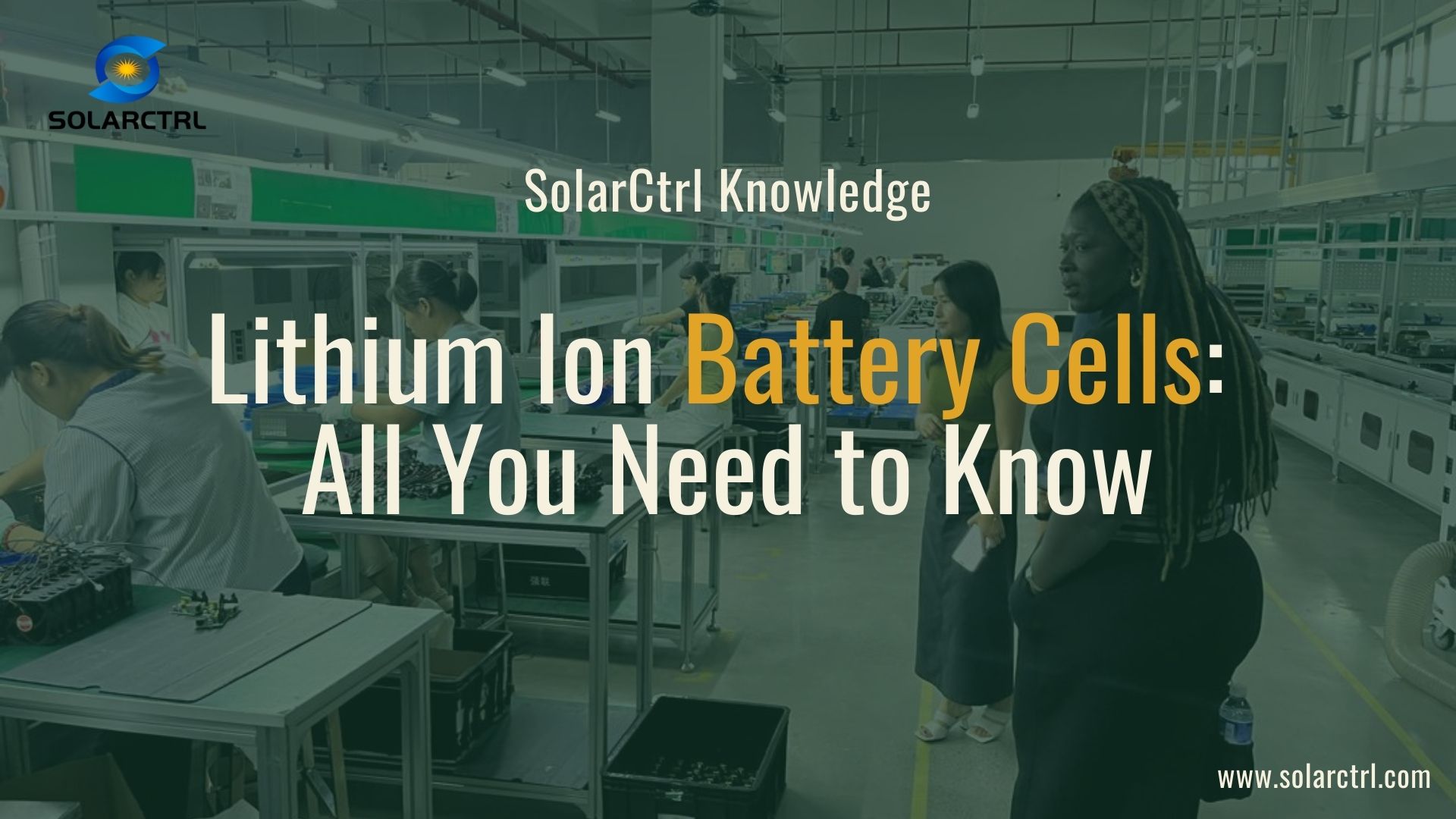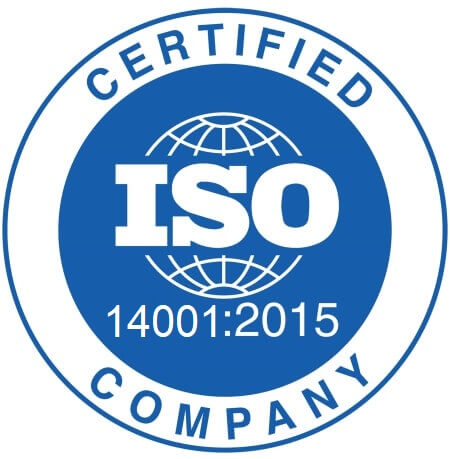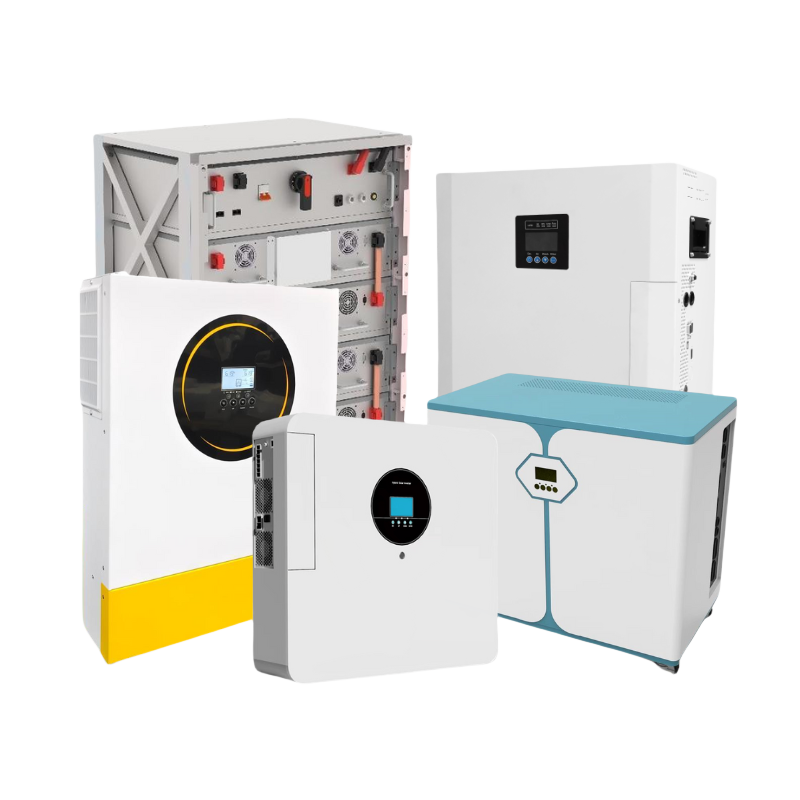A lithium battery is built from multiple cells, each containing four essential elements: the cathode, anode, electrolyte, and separator. These components work together to enable the movement of lithium ions and the flow of electrical energy. Surrounding them are additional parts like the battery casing, current collectors, and Battery Management System (BMS) that ensure the entire unit operates safely and efficiently.
In this guide, we’ll take a closer look at how each component functions, how they interact, and how design differences create various types of lithium batteries used across industries.
Part 1: The Core Electrochemical Components
At the heart of every lithium battery are the components that drive its energy storage and output. Each plays a distinct role in performance and safety. Let’s start with the cathode, which defines the battery’s voltage and energy capacity.
1. The Cathode – Power and Energy Density
The cathode acts as the positive electrode and is the main source of lithium ions during discharge. It determines the voltage, capacity, and overall energy density of the battery. The choice of cathode material directly affects how much power a cell can deliver and how long it can last under continuous cycling. Common materials include:
- Lithium Iron Phosphate (LiFePO₄): Offers excellent safety, superior thermal stability, and a long cycle life, making it ideal for solar energy storage and electric mobility.
- Nickel Manganese Cobalt (NMC): Provides high energy density, good balance between power and lifespan, and is widely used in electric vehicles and power tools.
- Lithium Cobalt Oxide (LCO): Delivers high voltage and energy density but with lower thermal stability, limiting its use mainly to small electronics.
Cathodes are typically made by coating aluminum foil with a slurry of active materials, conductive carbon, and a polymer binder. Precise coating uniformity ensures efficient ion transport, consistent performance, and stable charge-discharge cycles over time.
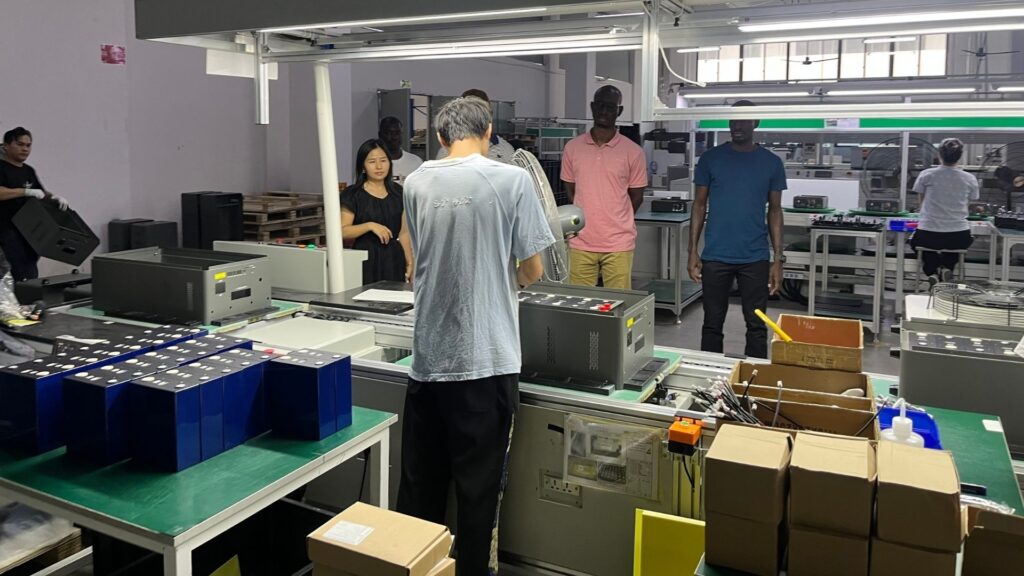
2. The Anode – Storage and Reversibility
The anode, or negative electrode, stores lithium ions during charging and releases them during discharging. It serves as the key site for lithium-ion intercalation, influencing the battery’s capacity, cycle life, and safety. Most commonly made of graphite, it offers excellent stability and reversibility over thousands of cycles.
Advanced designs using silicon-carbon composites or lithium titanate (LTO) enable faster charging rates and improved lifespan by reducing volume expansion during cycling. The anode is coated on copper foil, and its performance largely depends on coating precision, particle uniformity, and the purity of the active material.
3. The Electrolyte – The Ion Conductor
The electrolyte provides a pathway for lithium ions to move between the anode and cathode, acting as the bridge for ionic transport within the cell. It usually consists of a lithium salt such as LiPF₆ dissolved in a mixture of organic carbonates like ethylene carbonate and dimethyl carbonate.
A good electrolyte must remain highly pure, stable, and chemically compatible with both electrodes under wide temperature and voltage ranges. Moisture contamination can degrade performance or cause gas generation.
Emerging solid-state electrolytes are gaining attention for their enhanced safety, higher energy density, and superior resistance to leakage and combustion, particularly in large-scale energy storage and EV applications.
4. The Separator – The Safety Layer
The separator is a microporous membrane that prevents direct contact between the electrodes while allowing lithium ions to pass through freely. Typically made from polyethylene (PE) or polypropylene (PP), it serves as both a physical barrier and a critical safety component.
When the cell temperature rises excessively, the separator’s pores close automatically, halting ion transport and preventing thermal runaway. High-quality separators also feature uniform thickness, strong mechanical strength, and excellent chemical resistance to ensure long-term stability and safety.
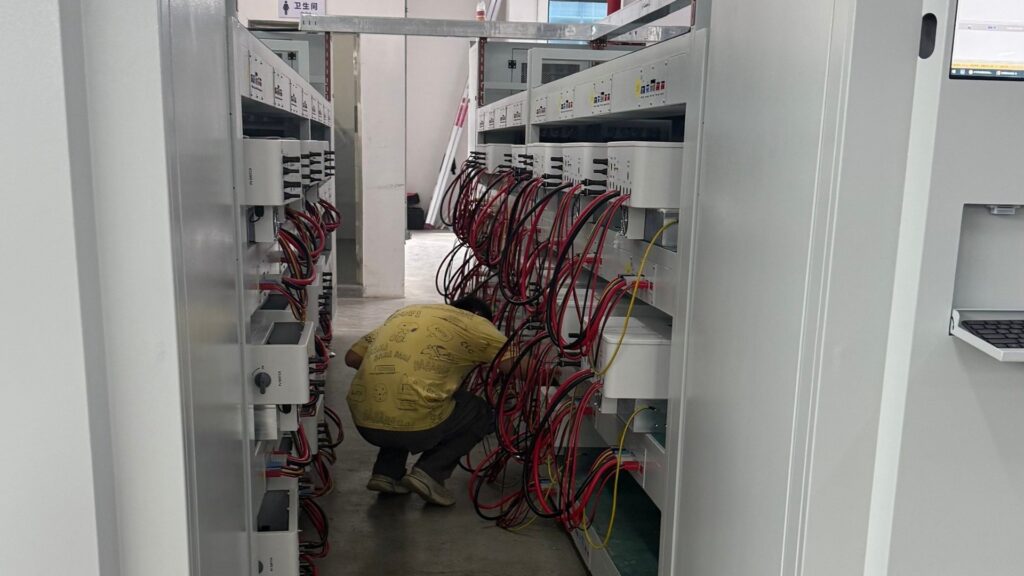
Part 3: Supporting and Protective Components
Beyond the core electrochemical parts, several supporting components ensure stability, safety, and efficient energy delivery. These include elements that manage current flow, protect internal materials, and control temperature. Let’s start with the current collectors, the key conductors that link all active layers together.
1. Current Collectors – Efficient Energy Flow
Each electrode connects to the external circuit through current collectors—aluminum foil for the cathode and copper foil for the anode. These conductors ensure efficient electron transfer and maintain the mechanical stability of the electrode coatings. Their surface treatment, thickness, and adhesion quality are critical for minimizing internal resistance and preventing delamination during cycling.
High-purity, well-treated collectors improve conductivity, enhance heat dissipation, and contribute to overall battery performance and durability, especially in high-power or long-life applications.
2. Battery Casing and Packaging – Physical and Environmental Protection
The battery casing encloses all internal components, shielding them from moisture, oxygen, dust, and mechanical stress while maintaining overall structural stability. It also aids in heat dissipation and electrical insulation. Three main formats are widely used:
- Cylindrical Cells: Robust steel or aluminum shells offering high mechanical strength, commonly used in power tools and EVs.
- Prismatic Cells: Rectangular aluminum housings that support larger capacity and easier system integration.
- Pouch Cells: Lightweight laminated film packaging ideal for compact, high-energy applications.
Additionally, the casing integrates vents, seals, and gaskets for controlled pressure release, preventing leaks and ensuring operational safety.
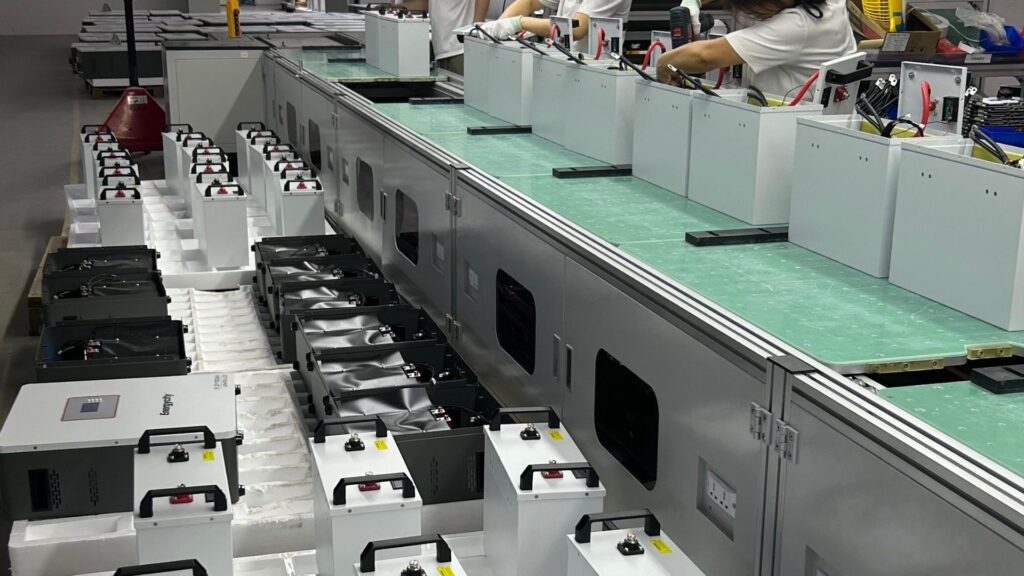
3. Battery Management System (BMS) – The Smart Controller
A Battery Management System (BMS) continuously monitors and controls the performance of each cell within a battery pack. It balances cell voltages, prevents overcharging and over-discharging, and tracks key parameters such as temperature, current, and state of charge (SOC) to maintain safe and efficient operation.
Acting as the “brain” of the system, the BMS helps optimize performance, extend battery life, and prevent failures caused by uneven charging or overheating. In solar energy storage and large-scale systems, advanced BMS units also support communication protocols like RS-485, CAN bus, or Bluetooth, enabling real-time remote monitoring and data analysis.
4. Interconnects and Bus Bars – Linking Power
Interconnects and bus bars serve as the electrical bridges linking multiple cells within a battery pack, creating the required voltage and capacity configuration. Usually made from copper or nickel, they are engineered to deliver low resistance and handle high current loads without significant heat buildup. Their thickness, welding quality, and layout design directly affect the battery’s efficiency, safety, and thermal balance.
Poor connections or improper welding can cause uneven current distribution, localized overheating, or even electrical failure. In high-capacity applications, precision-engineered bus bars ensure stable performance and long-term reliability of the entire system.
5. Thermal Management Components – Maintaining Stability
Temperature control is essential to ensure the safety, performance, and longevity of lithium batteries. Components such as cooling plates, thermal interface materials (TIMs), and phase-change materials (PCMs) help dissipate heat evenly and maintain consistent operating temperatures across all cells. Effective thermal management prevents overheating, thermal runaway, and capacity loss caused by temperature imbalance.
In high-capacity or fast-charging systems, liquid cooling or forced air circulation is often used to stabilize performance, protect internal components, and extend battery lifespan under continuous or heavy load conditions.
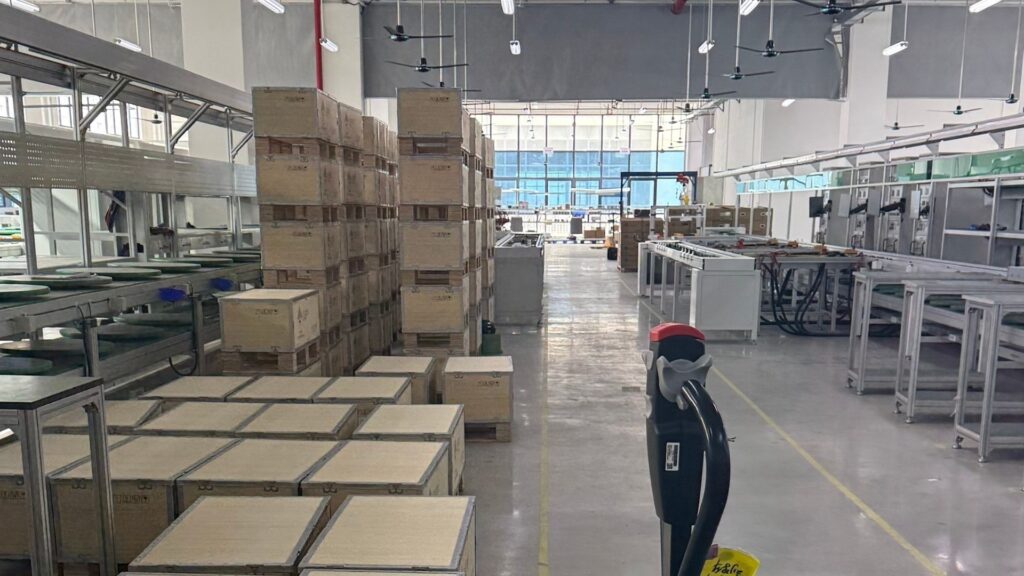
Part 4: How All These Parts Work Together
The operation of a lithium battery depends on the precise coordination and interaction of all its internal components. Each part, though different in function, contributes to one seamless energy cycle. During charging, lithium ions leave the cathode and travel through the electrolyte to the anode, where they are stored between layers of graphite or other anode materials. During discharging, this process reverses—the ions move back to the cathode, and electrons flow through the external circuit, generating usable electrical power.
The separator plays a critical safety role, allowing ions to pass while preventing direct contact between electrodes. The electrolyte acts as the ion-conducting medium, while current collectors provide a low-resistance path for electron movement. At a higher level, the Battery Management System (BMS) monitors voltage, temperature, and current, balancing cells and preventing overcharge or deep discharge.
Meanwhile, the thermal management system and battery casing ensure that the electrochemical reactions occur within a stable temperature range and protected environment. When all these systems function in harmony, the result is a battery that delivers high efficiency, long lifespan, and superior safety performance, suitable for demanding applications such as solar energy storage, electric mobility, and backup power systems.
Part 5: Lithium Battery Variants and Component Differences
Not all lithium batteries are built the same. The application, chemistry, and design approach determine how each battery performs, how safe it is, and how long it lasts. Subtle differences in material selection or internal architecture can result in major variations in energy density, cycle life, and temperature stability.
- LiFePO₄ Batteries: Renowned for their excellent safety, thermal stability, and long cycle life, they are widely used in solar energy storage, telecom backup, and industrial systems. The cathode is made of lithium iron phosphate, which is inherently resistant to thermal runaway and provides reliable performance even in high-temperature environments.
- NMC and NCA Batteries: These chemistries deliver higher energy density and greater power output, making them ideal for electric vehicles, power tools, and portable electronics. However, they require advanced cooling systems and precise BMS control to manage heat and prevent degradation.
- Solid-State Batteries: Representing the next generation of lithium technology, they replace liquid electrolytes with solid conductors, improving both safety and energy density while reducing leakage risks.
Even within the same chemistry, variations in separator materials, electrode coatings, or BMS algorithms can drastically affect battery reliability. Manufacturers with strict quality control and material sourcing, like SolarCtrl, ensure consistent performance across every production batch.
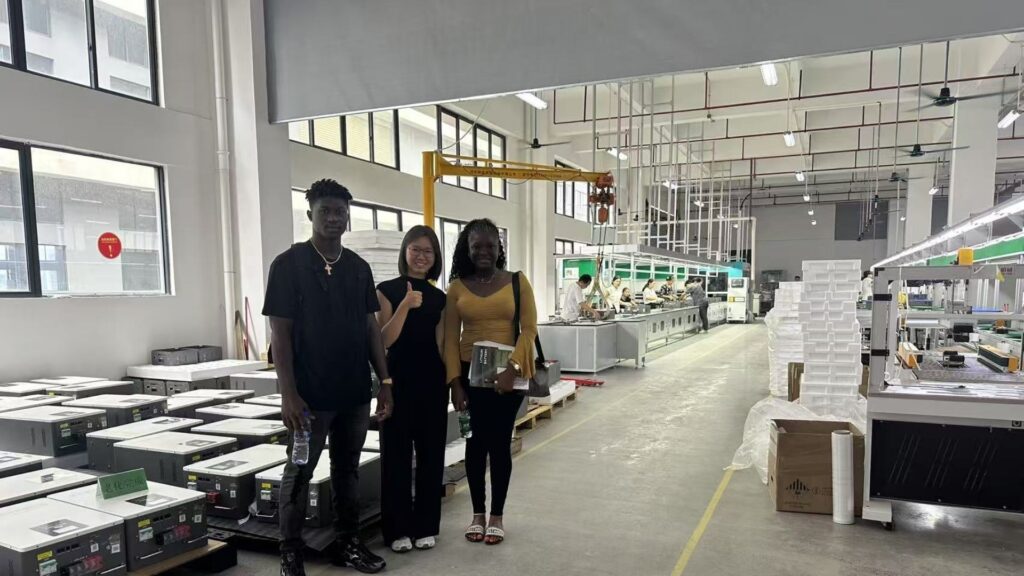
Conclusion
A lithium battery is an intricate combination of electrochemical precision and mechanical engineering. Each component—from the active materials in the electrodes to the electronic intelligence of the BMS—works together to store and deliver clean, stable energy.
At SolarCtrl, we specialize in developing LiFePO₄ battery systems with optimized structure, advanced BMS technology, and strict quality assurance. Our R&D and production teams are committed to delivering safe, high-performance energy solutions tailored for solar applications worldwide.
Looking to upgrade your energy storage system? Reach out to SolarCtrl to explore customizable, durable lithium-battery solutions designed for long-term reliability.
FAQs
1. What factors most influence the lifespan of a lithium battery?
Cycle life depends on electrode material quality, charge/discharge rate, temperature control, and BMS management. Consistent operating temperature and balanced charging greatly extend lifespan.
2. How do manufacturing conditions affect battery quality?
Humidity, dust, and even microscopic impurities can cause defects or internal shorts. High-end manufacturers use dry rooms, precision coating, and automated inspection to ensure cell consistency.
3. What causes capacity fading over time?
Repeated cycling leads to electrolyte decomposition, electrode surface buildup, and lithium loss. Proper BMS calibration and temperature control can reduce degradation.
4. Why is cell balancing important in multi-cell packs?
Uneven charge among cells can cause overcharging or undercharging, leading to reduced capacity and safety risks. A good BMS maintains voltage balance across all cells.
5. How do lithium batteries handle extreme temperatures?
Performance drops at low temperatures due to sluggish ion movement, while high temperatures accelerate degradation. Thermal management systems keep batteries within an optimal range.
6. What certifications ensure lithium battery safety and transport compliance?
Standards like UN38.3, IEC 62133, UL 1973, and CE verify safe operation, transport stability, and product reliability.




